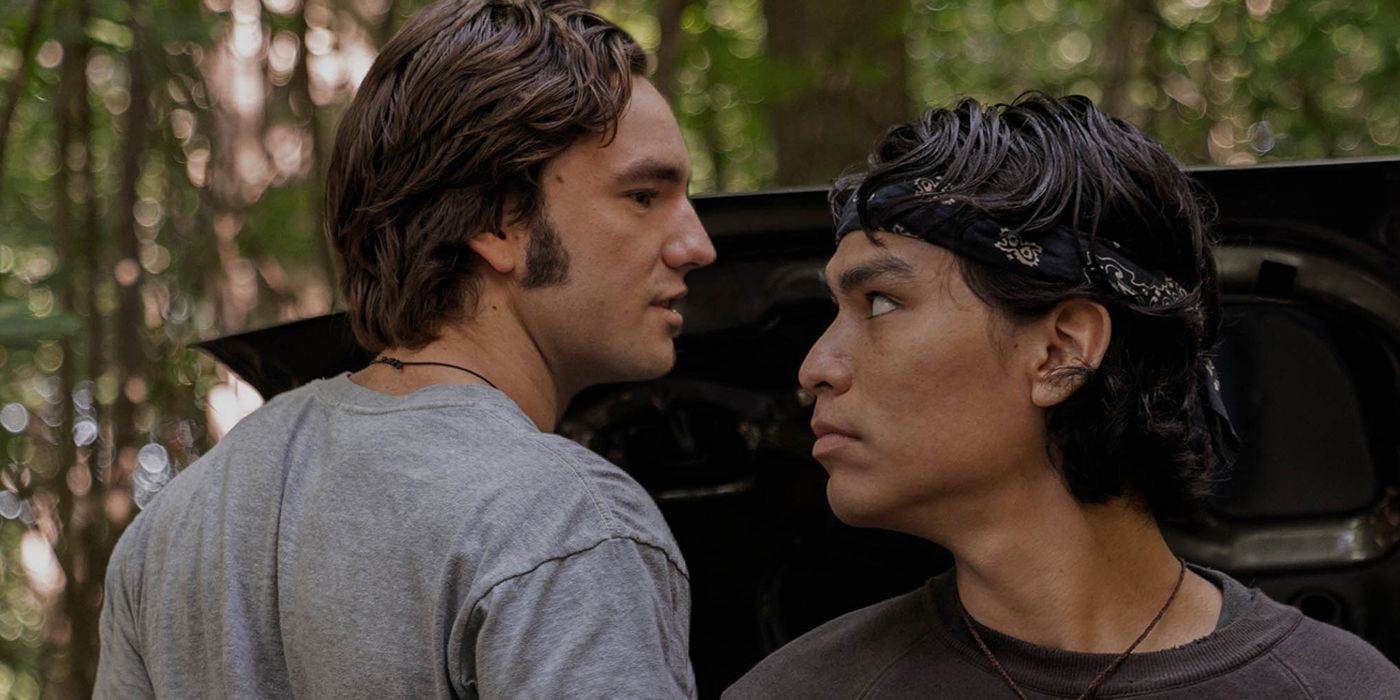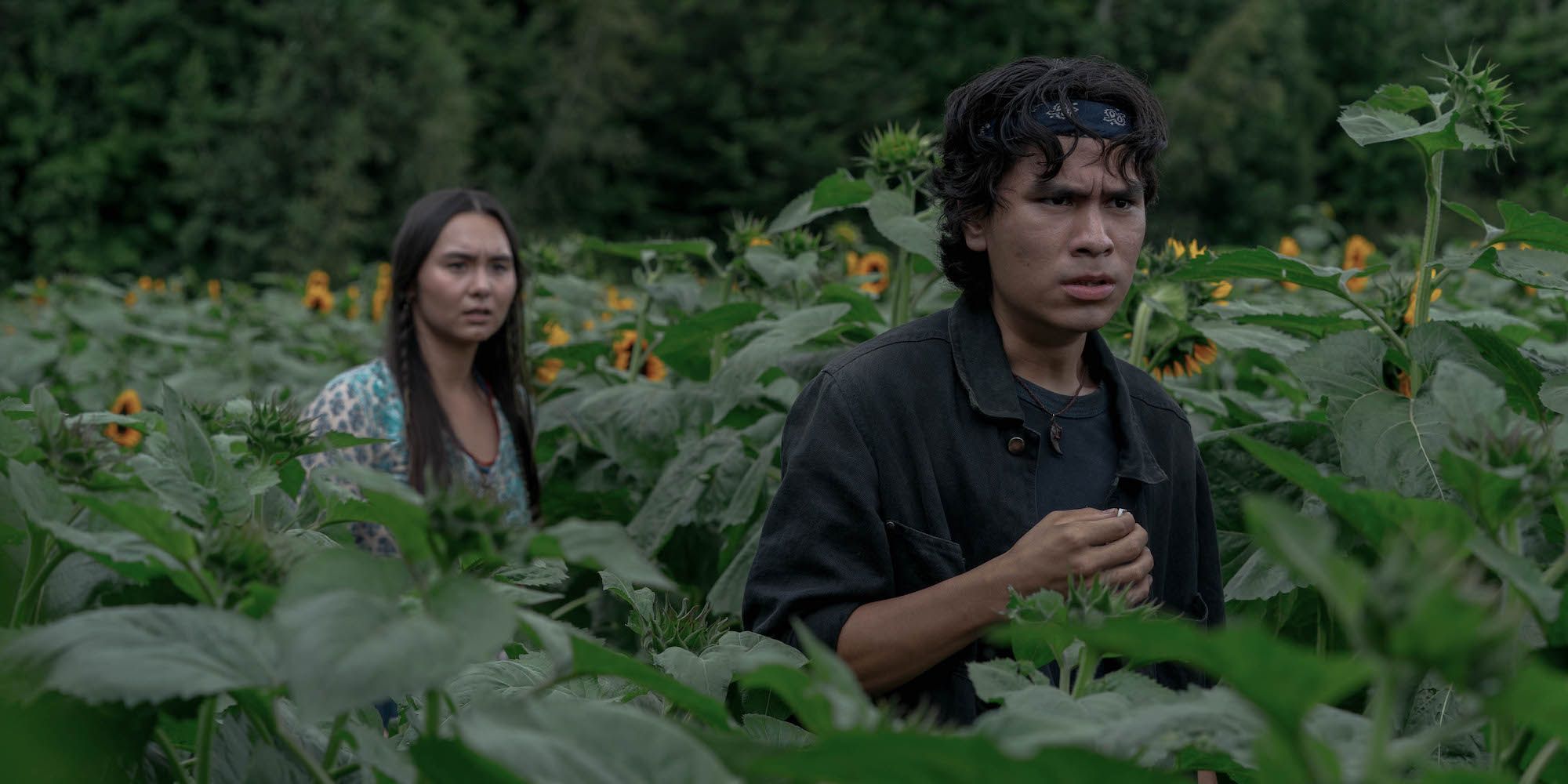Summary
- Director Lindsey Anderson Beer explains the major story change in Pet Sematary: Bloodlines.
- The new prequel movie emphasizes the inclusion of Indigenous characters to subvert the mystical Indigenous trope.
- Beer wanted to show that the dark force in Pet Sematary is not the burden of the Indigenous characters Donna and Manny.
One major story change in Pet Sematary: Bloodlines has been explained by director and co-writer Lindsey Anderson Beer. The movie, which is now streaming on Paramount+, is a prequel to 2019's Pet Sematary, an adaptation of the Stephen King story of the same name, which follows a family that moves to a property in Ludlow, Maine that lies next to a mysterious pet cemetery that brings the dead back to life. The new movie follows their neighbor Jud Crandall (Jackson White) in his younger years when he first discovers the terrible secret of Ludlow's pet cemetery.
Dread Central had the opportunity to sit down with Lindsey Anderson Beer to discuss the Pet Sematary: Bloodlines story, cast, and everything in between. During their conversation, Beer shared how important it was to her to include the Indigenous characters Donna (Isabella Star LaBlanc) and her brother Manny (Forrest Goodluck) because the original Pet Sematary used a mystical Indigenous trope that is "not something that quite plays now." She wanted to show that the dark force in Pet Sematary is "not their mantle to carry." Read her full quote below:
I mean, when I took my first meeting on this I said, “I can’t do this unless I can subvert these tropes.” I love Pet Sematary, but the trope of the mystical Indigenous and the cursed land obviously is not something that quite plays now. And it just felt like Pet Sematary had kind of benefited from those tropes without giving a point of view to those characters. So it was really important to me to create Donna and this sibling relationship between her and Manny and emphasize that they don’t have to pay that price. It’s not their mantle to carry.
Horror Is Slowly Moving Away From Indigenous Tropes
Like many genres of American storytelling, horror has utilized Indigenous tropes many times over the years. One of the most important examples is 1979's The Amityville Horror, which reveals that the haunted house was built over an Indigenous burial ground. Although Poltergeist is commonly misattributed as indulging in this trope as well, Poltergeist II: The Other Side does involve a stereotyped Native American shaman, and many other movies of the time indulge in similar tropes.
In recent years, Indigenous representation has slowly begun to change in American pop culture. Perhaps the most notable example is the three-season FX show Reservation Dogs, which is the first show in American history to have all indigenous writers and directors, in addition to a majority Indigenous cast. That show follows four teenagers who live on a reservation in Oklahoma, presenting the various triumphs and challenges of their daily lives.
This improvement in representation has started to trickle down into the horror genre as well. Before the introduction of these Pet Sematary: Bloodlines characters, one of the most notable examples of horror's shifting perspective on Indigenous cultures was the 2022 Hulu original movie Prey. That prequel to Predator took place in the Great Plains in 1719 and followed a young Comanche woman named Naru (Amber Midthunder) who proves her mettle as a warrior when she faces off against a dangerous alien menace.
Source: Dread Central


